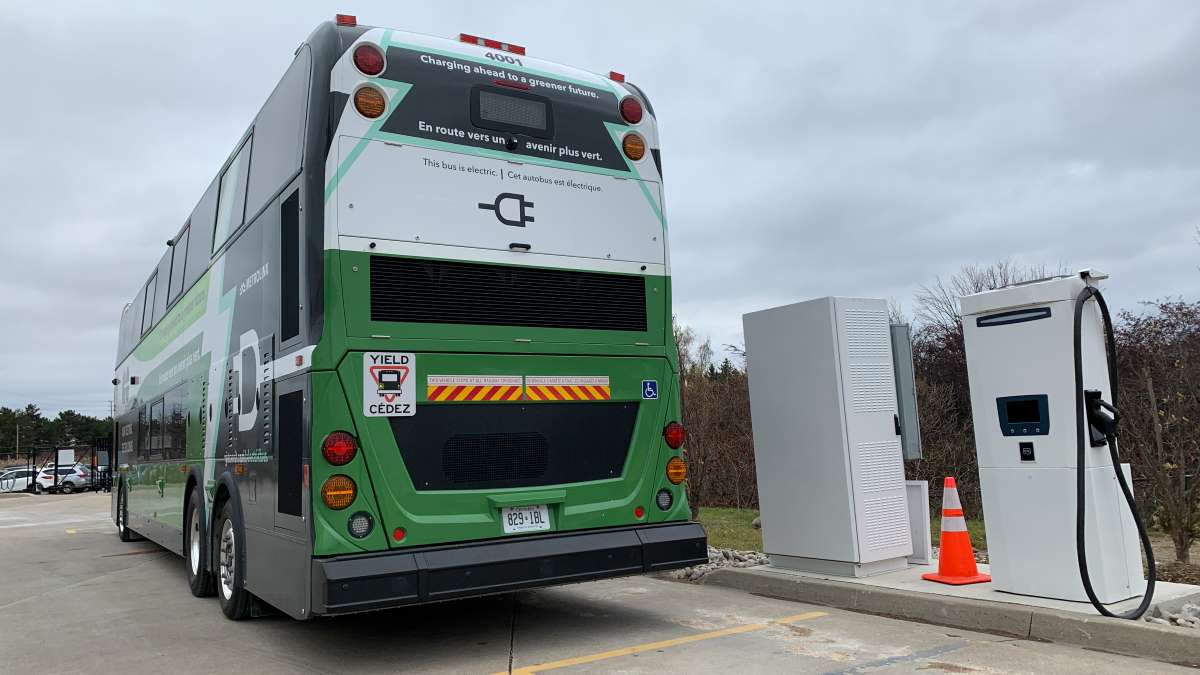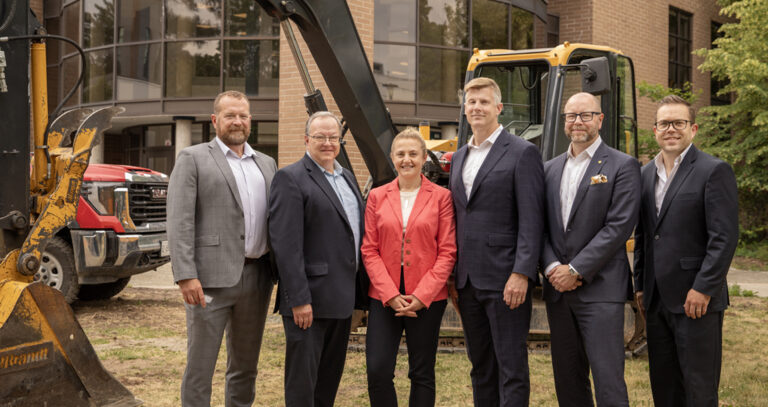For the first time, Metrolinx is testing two zero-emission battery electric double-decker GO buses.
The double-decker GO buses have been retrofitted with nine batteries giving them a total energy of 648 kilowatt hours. Compare that to the Nissan Leaf (one of Canada’s most popular fully electric cars) with a single 40 kWh battery.
During the first test phase this winter, customers will not be on board the buses. Instead, to mimic the weight of a full bus, ballasts will be installed.
Next year, Metrolinx plans to add these buses to select GO bus routes west of Toronto as data is gathered on performance in different settings and weather conditions.
The new buses may look similar but are very different in a few ways.
- Quieter commute: without a diesel engine, riders will first notice how quiet the buses are. But, in the name of safety, the buses do make a constant white noise to replicate engine noise.
- Mobile juice: It’s not just our fleet getting a boost. On board, customers will find USB chargers at their seat for convenient power on-the-go.
- Safety first: Metrolinx has installed a pedestrian audible visual alert system, or PAVA. When turning or reversing, the bus will play a sound and message to alert pedestrians and cyclists. These electric-powered GO buses will also feature seatbelts for customers, as part of new legislation.
- Fewer lower-level seating: The large batteries that power the buses will be installed at the back of the lower-seating level. This will mean 10 less seats on board.
- More storage space: The location of the batteries also means a change when it comes to luggage. Customers can now load and offload their luggage toward the back of the bus from both the inside and outside, unlike the other buses in the GO fleet.
Featured image: One of the EV GO buses at the charging station, getting ready to ‘fill up’. (Metrolinx/James Wattie photo)











